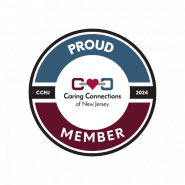Attention deficit hyperactivity disorder (ADHD) is a neurodevelopmental disorder that affects children’s ability to focus, control impulses, and regulate behavior. While traditional treatments such as medication and behavioral therapy are effective, there are also innovative approaches that can complement these treatments and improve outcomes for children with ADHD.
Neurofeedback Therapy:
Neurofeedback therapy is a non-invasive treatment that aims to improve brain function by training individuals to regulate their brainwaves. For children with ADHD, neurofeedback can help enhance focus, reduce impulsivity, and improve overall behavior.
Cognitive Behavioral Therapy (CBT):
CBT is a form of psychotherapy that focuses on changing negative thought patterns and behaviors. In the context of ADHD, CBT can help children develop coping strategies for managing symptoms, such as improving organizational skills and reducing procrastination.
Mindfulness and Meditation:
Mindfulness practices, such as meditation and yoga, can help children with ADHD improve their ability to focus and reduce impulsivity. These practices promote self-awareness and emotional regulation, which are beneficial for managing ADHD symptoms.
Exercise and Physical Activity:
Regular physical activity has been shown to improve focus, mood, and behavior in children with ADHD. Activities such as sports, dance, and martial arts can help children channel their excess energy in a positive way and improve their overall well-being.
Dietary Changes:
Some studies suggest that certain dietary changes, such as reducing sugar intake and increasing omega-3 fatty acids, may have a positive impact on ADHD symptoms. However, more research is needed to fully understand the effects of diet on ADHD.
Innovative approaches to treating ADHD can provide additional tools for managing symptoms and improving the overall well-being of children with the disorder. By combining traditional treatments with these innovative approaches, children with ADHD can have better outcomes and quality of life.



